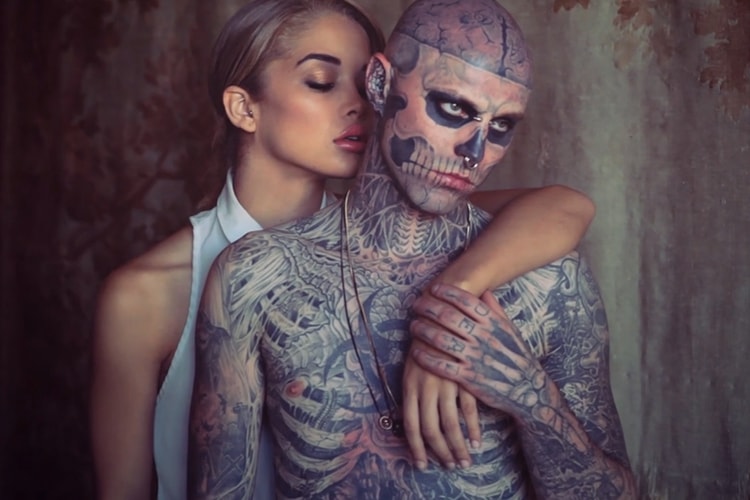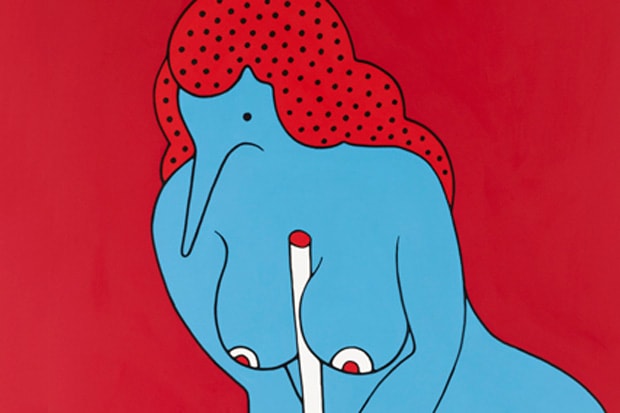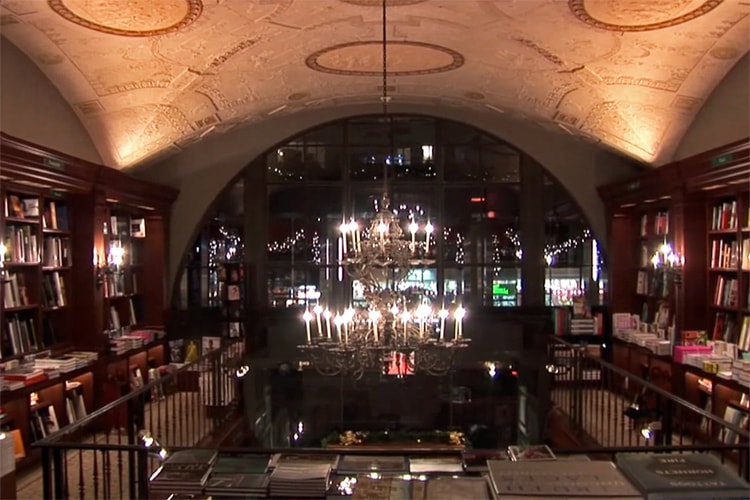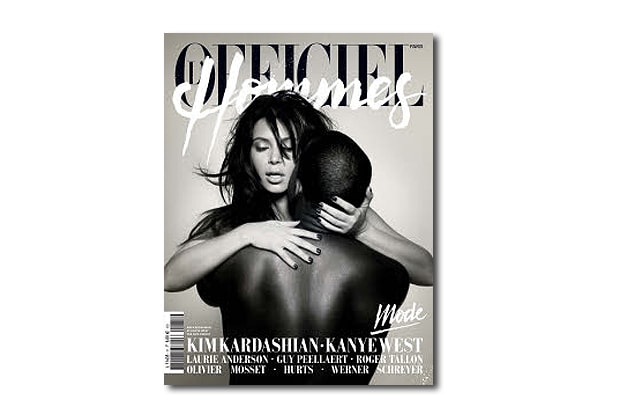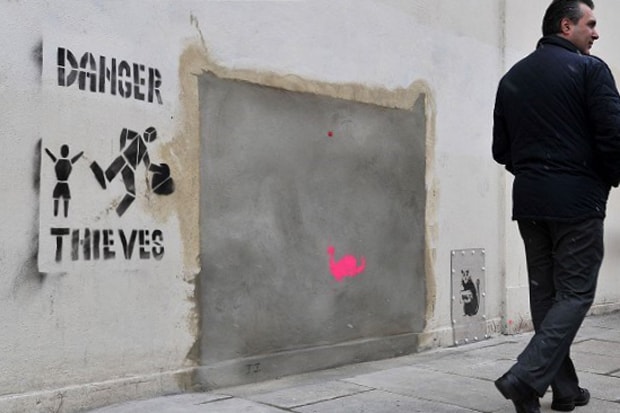Interview Magazine Speak with Barbara Kruger
An inspiration behind the infamous Supreme Box Logo, artist Barbara Kruger has upheld an artistic
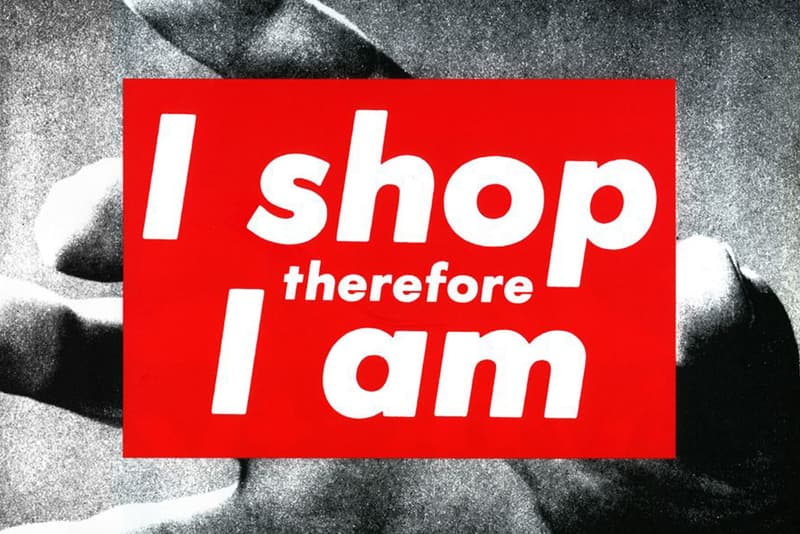
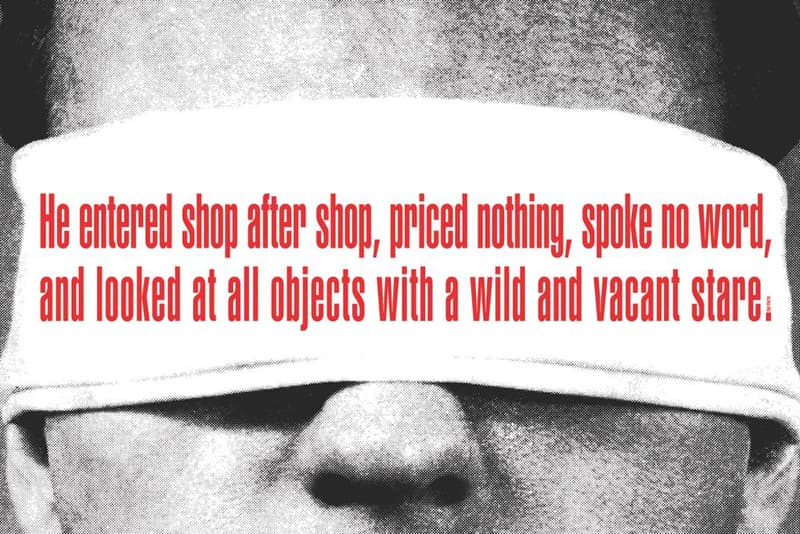
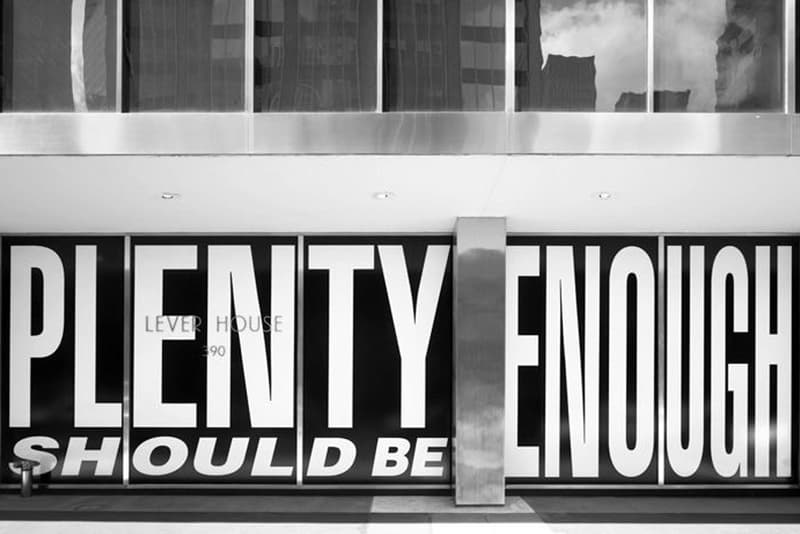
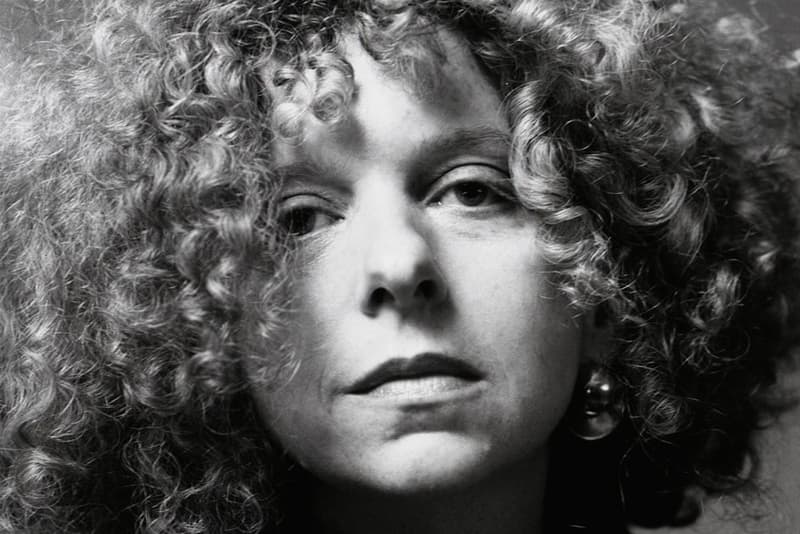
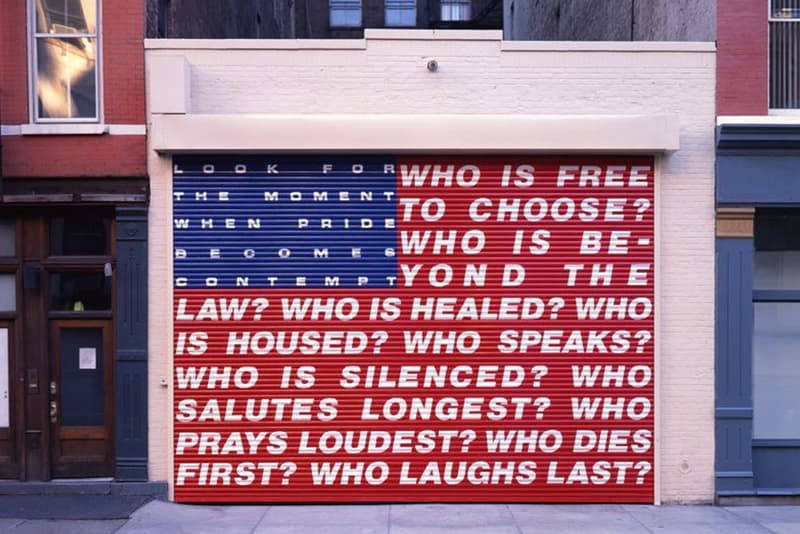
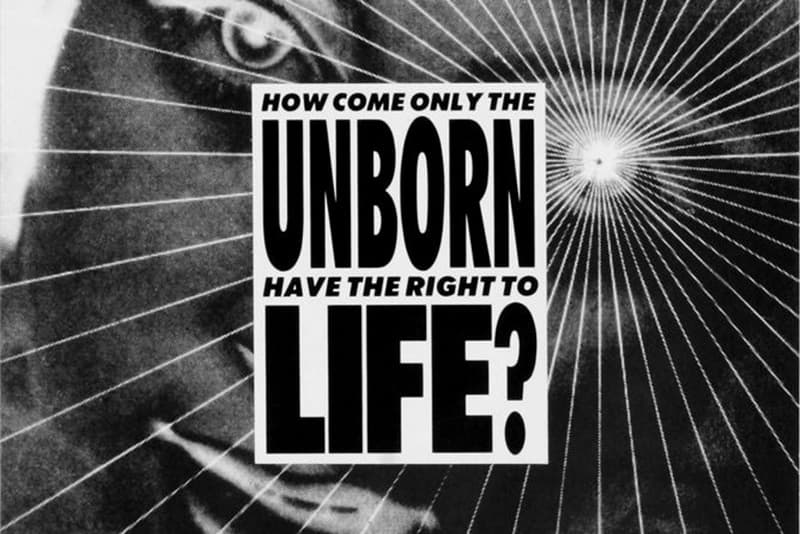
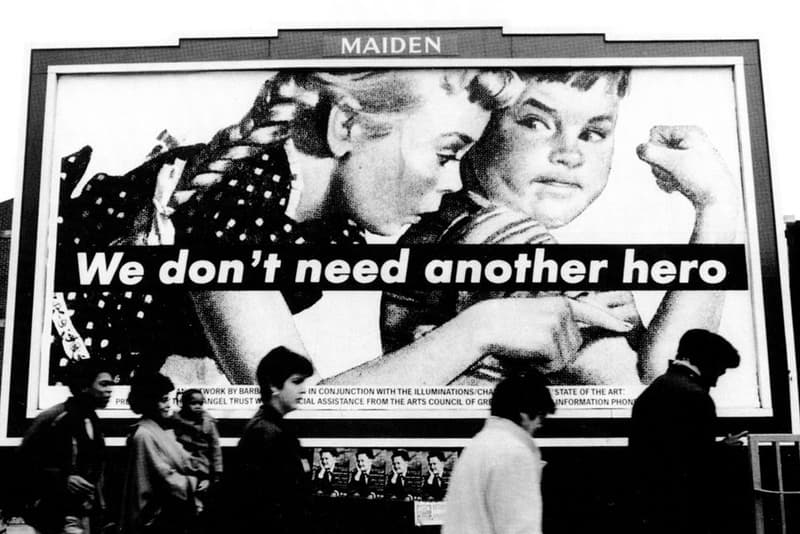
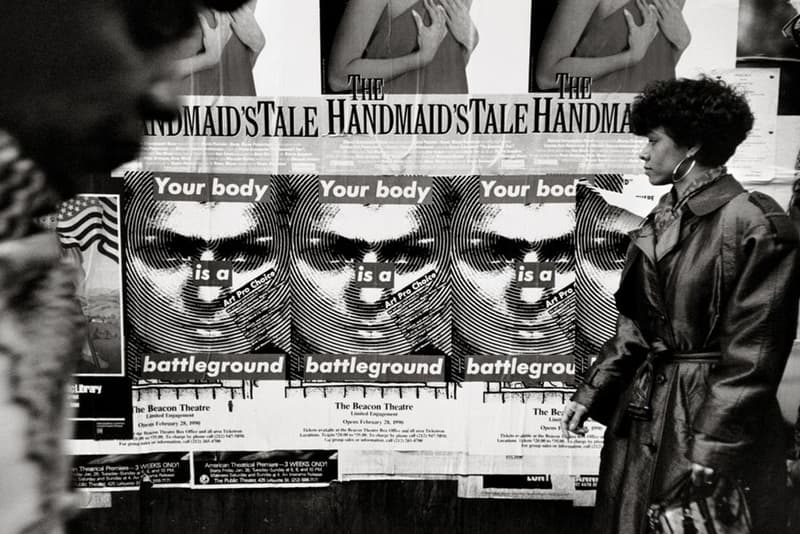
An inspiration behind the infamous Supreme Box Logo, artist Barbara Kruger has upheld an artistic career spanning four decades. An ardent commentator on the art world and its increasingly political landscape, the artist was recently featured in Interview Magazine, offering insights into her past and present through a candid conversation. Through her early days at Condé Nast and the title Mademoiselle, Kruger’s eventual transition and long-lasting career has provided with an incredibly important voice who has provided an interesting insight into the development of her own art and the art around her. A full look into the interview can be seen here with excerpts below.
When you go through your studio, do you ever find old work and are surprised or pleased or horrified by what you made 40 years ago?
It feels like I made them yesterday. I remember when I made them. I’m still very much in touch with that the same way you probably feel about your younger self and who that person was.
When you attended Parsons, Diane Arbus was one of your teachers. What do you remember about her influence on you?
She was really terrific, sort of my first female role model . . . [waiter comes to table] I think they want us to order. [Kruger examines menu with weekend brunch offerings] They have a brunch now? See, this is the Tribecan influence. Fourteen dollars for brunch. [both order eggs] I grew up coming to this diner, sitting literally right here in this place.
I’m glad it’s still here.
So Diane was one of the first female role models I ever had that didn’t wash the floor six times a day. I liked her as a teacher. It was for a foundation year at Parsons, so it was she and Marvin Israel, who was an art director and designer. They had an influence on me.
Has photography in general been a big influence on you?
I have problems with a lot of photography, particularly street photography and photojournalism—objectifying the other, finding the contempt and exoticism that you might feel within yourself or toward yourself and projecting it out to others. There can be an abusive power to photography, too.
But there was a lot of photography coming from the artists you were around in your formative years down here. And a lot of respect for the artist as a sort of radical or mystic.
For me, the idea of being an artist didn’t have to be tied to a bohemè melancholia. It’s because I come from a different class. I didn’t finish college, my parents didn’t graduate college; we didn’t have a pot to piss in. I’m from Newark, New Jersey. I had to work. I didn’t think it would be possible for me to be an artist without having a job.



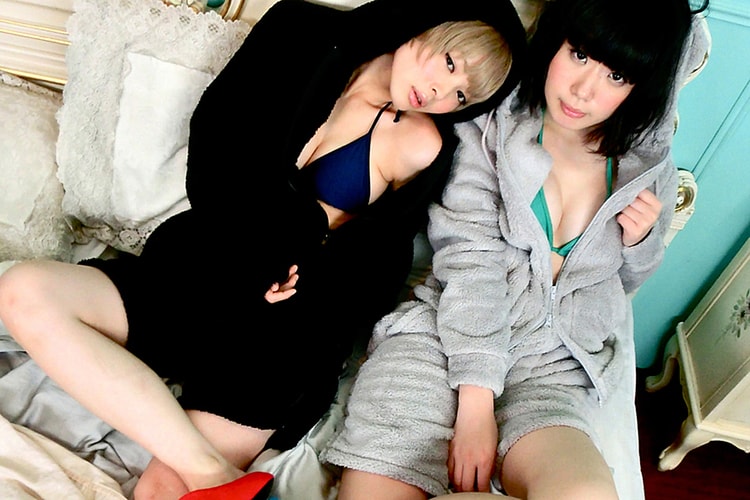
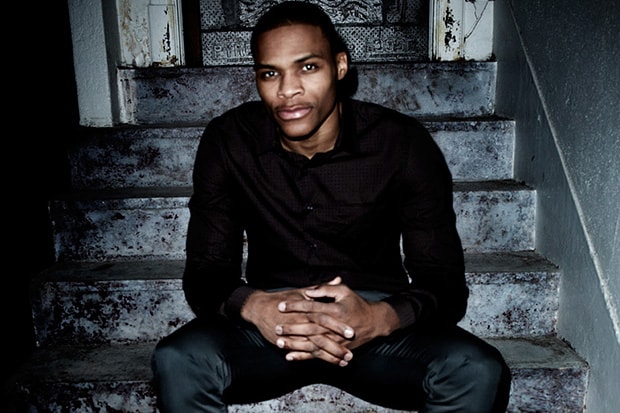
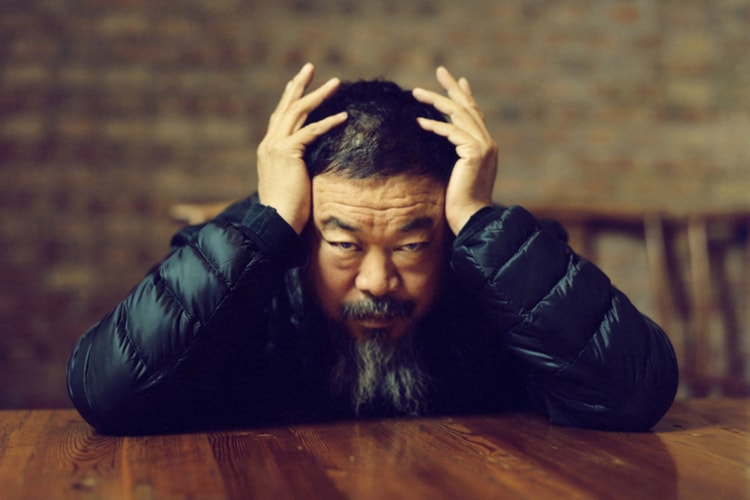
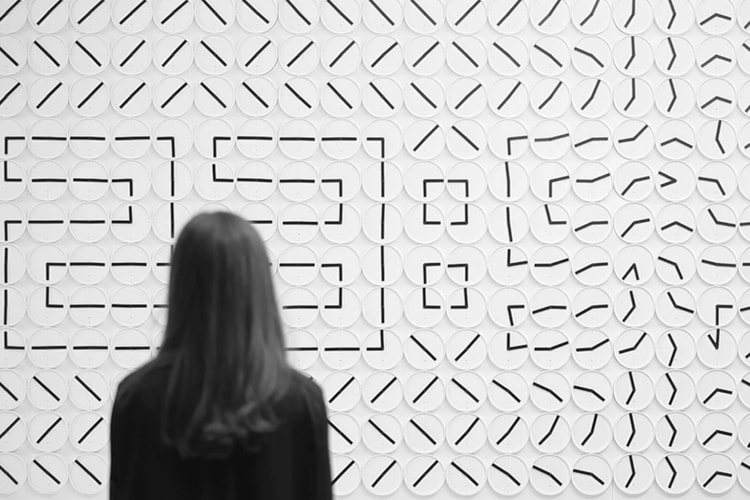
![SEEN “[UN]SEEN” @ Fabien Castanier Gallery Recap](https://image-cdn.hypb.st/https%3A%2F%2Fhypebeast.com%2Fimage%2F2013%2F02%2Fseen-unseen-fabien-castanier-gallery-recap-0.jpg?fit=max&cbr=1&q=90&w=750&h=500)
